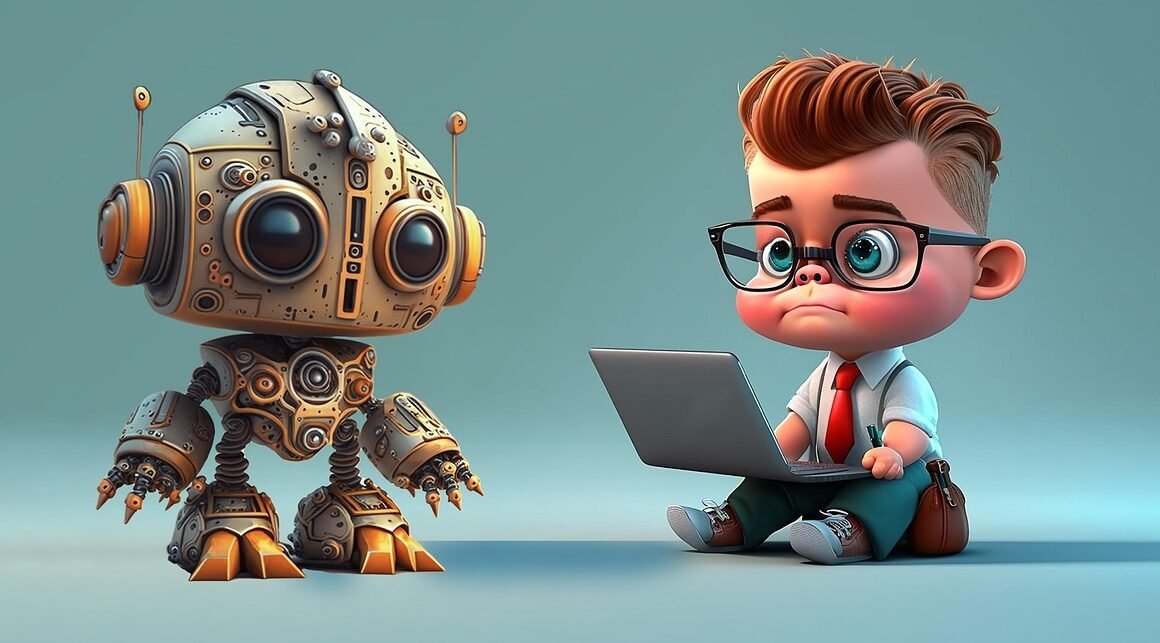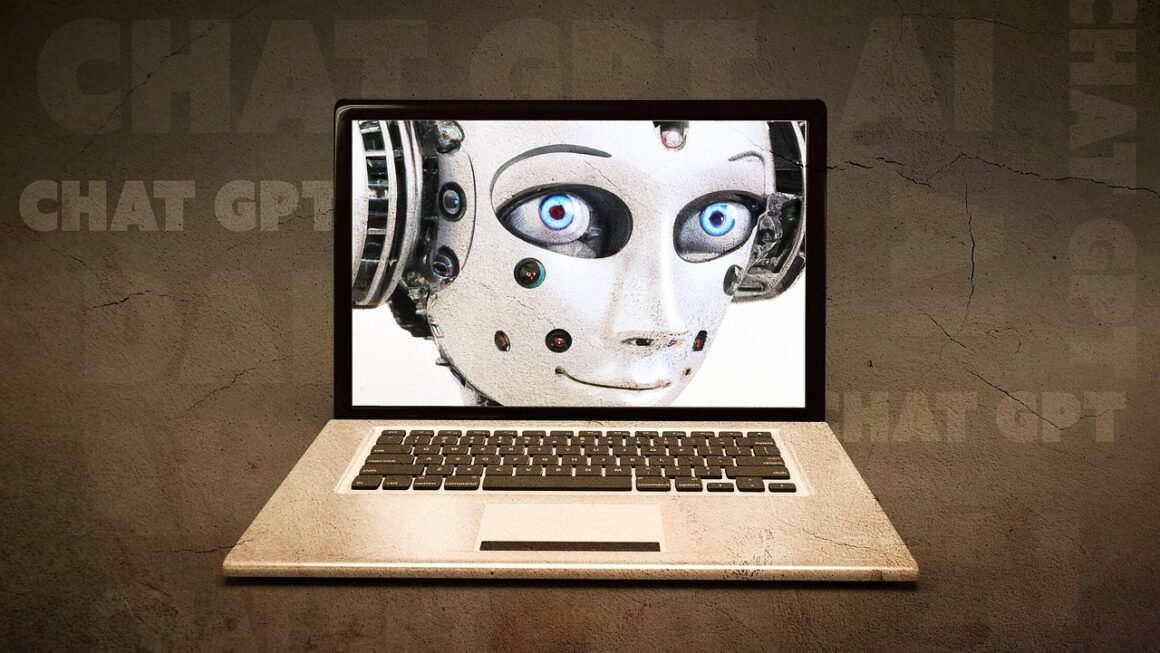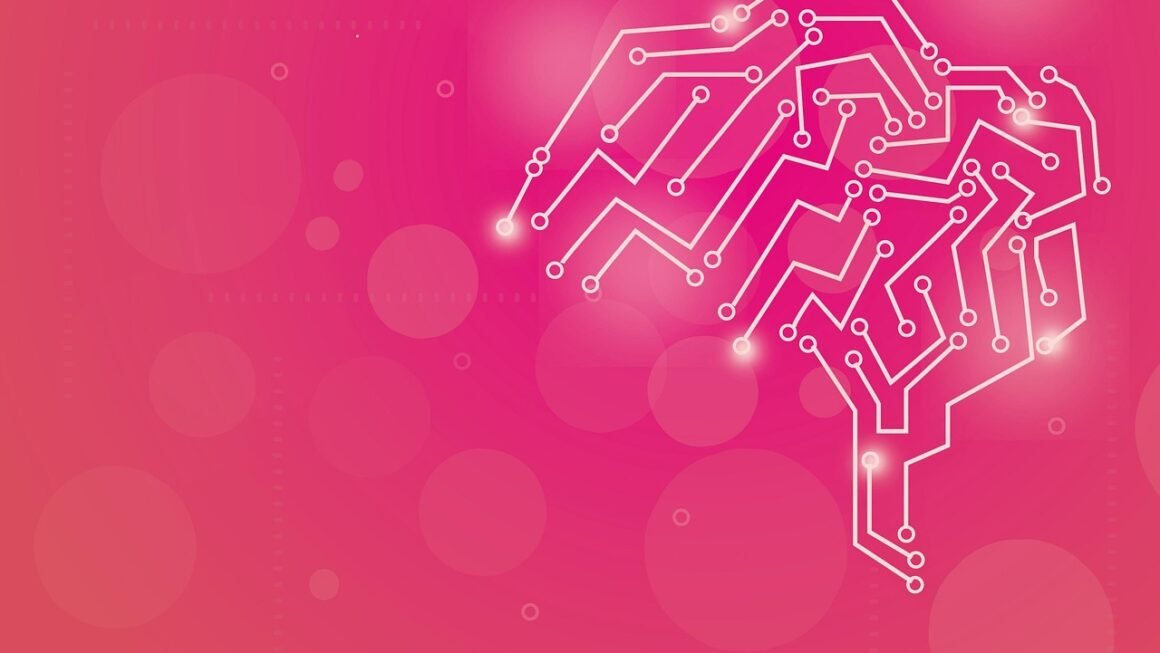Artificial intelligence (AI) is no longer a futuristic fantasy; it’s a tangible force reshaping industries and impacting our daily lives in profound ways. From self-driving cars to personalized recommendations, AI applications are transforming how we work, communicate, and interact with the world. This blog post will delve into the diverse landscape of AI applications, exploring their practical uses, benefits, and potential for the future.
AI in Healthcare
AI is revolutionizing the healthcare industry, offering solutions to improve diagnostics, treatment, and patient care. By analyzing vast amounts of data, AI can identify patterns and insights that would be impossible for humans to detect, leading to more accurate diagnoses and personalized treatment plans.
Diagnostics and Early Detection
- Image Analysis: AI algorithms can analyze medical images such as X-rays, CT scans, and MRIs with remarkable accuracy, assisting radiologists in detecting diseases like cancer in their early stages. For example, AI-powered tools are being used to screen mammograms with higher accuracy and speed, potentially reducing false positives and saving lives.
- Predictive Analytics: AI can analyze patient data to predict the likelihood of developing certain diseases or conditions. This allows for proactive interventions and preventive measures, ultimately improving patient outcomes and reducing healthcare costs. For example, AI models can predict the risk of hospital readmissions or the onset of sepsis based on patient vital signs and medical history.
- Drug Discovery and Development: AI is accelerating the drug discovery process by analyzing complex biological data and identifying potential drug candidates. This can significantly reduce the time and cost associated with bringing new drugs to market.
Personalized Treatment and Patient Care
- AI-Powered Chatbots: Virtual assistants and chatbots powered by AI can provide patients with 24/7 access to medical information, appointment scheduling, and medication reminders. This improves patient engagement and frees up healthcare professionals to focus on more complex tasks.
- Robotic Surgery: AI-guided robotic surgery allows surgeons to perform complex procedures with greater precision and control, leading to smaller incisions, reduced blood loss, and faster recovery times for patients.
- Personalized Medicine: AI can analyze a patient’s genetic makeup and medical history to tailor treatment plans to their individual needs. This personalized approach can lead to more effective treatments and fewer side effects.
AI in Business and Finance
AI is transforming the business and finance sectors by automating tasks, improving efficiency, and providing valuable insights for decision-making. From fraud detection to customer service, AI is helping businesses operate more effectively and gain a competitive edge.
Automation and Efficiency
- Robotic Process Automation (RPA): RPA uses AI to automate repetitive tasks such as data entry, invoice processing, and customer service inquiries. This frees up employees to focus on more strategic and creative work.
- Supply Chain Optimization: AI can optimize supply chain operations by predicting demand, managing inventory levels, and improving logistics. This leads to reduced costs, improved efficiency, and faster delivery times.
- HR Automation: AI can automate various HR tasks such as resume screening, employee onboarding, and performance management. This saves time and resources, allowing HR professionals to focus on employee development and engagement.
Data Analysis and Insights
- Fraud Detection: AI algorithms can analyze financial transactions in real-time to detect fraudulent activity and prevent financial losses. This is particularly important in the banking and insurance industries.
- Risk Management: AI can assess risk by analyzing market data, economic indicators, and company performance. This helps businesses make informed decisions and mitigate potential risks.
- Customer Relationship Management (CRM): AI-powered CRM systems can analyze customer data to identify patterns and insights that can be used to improve customer service, personalize marketing campaigns, and increase sales.
AI in Transportation
AI is poised to revolutionize the transportation industry, making it safer, more efficient, and more sustainable. Self-driving cars, drone delivery, and intelligent traffic management systems are just a few examples of the transformative potential of AI in transportation.
Autonomous Vehicles
- Self-Driving Cars: AI is the core technology behind self-driving cars, enabling them to perceive their surroundings, navigate roads, and make driving decisions without human intervention. Self-driving cars have the potential to reduce accidents, improve traffic flow, and increase mobility for people who are unable to drive.
- Autonomous Trucks: AI-powered trucks are being developed to automate long-haul trucking, improving efficiency and reducing costs. This could have a significant impact on the logistics and transportation industries.
- Drone Delivery: AI is used to control and navigate drones for package delivery. Drones can deliver goods faster and more efficiently than traditional methods, especially in remote or congested areas.
Traffic Management and Optimization
- Intelligent Traffic Systems: AI can analyze traffic patterns and adjust traffic signals in real-time to optimize traffic flow and reduce congestion. This can improve air quality and reduce commute times.
- Predictive Maintenance: AI can analyze data from sensors on vehicles and infrastructure to predict when maintenance is needed. This allows for proactive maintenance, reducing downtime and improving safety.
- Route Optimization: AI can optimize routes for delivery vehicles and public transportation, taking into account factors such as traffic congestion, weather conditions, and passenger demand.
AI in Education
AI is transforming the education sector by providing personalized learning experiences, automating administrative tasks, and improving student outcomes. From AI-powered tutors to intelligent grading systems, AI is helping educators create more engaging and effective learning environments.
Personalized Learning
- AI-Powered Tutors: AI-powered tutors can provide students with personalized instruction and feedback, adapting to their individual learning styles and paces. These tutors can help students master concepts and improve their academic performance.
- Adaptive Learning Platforms: Adaptive learning platforms use AI to assess students’ knowledge and skills, and then provide them with customized learning content that is tailored to their specific needs. This ensures that students are challenged but not overwhelmed, maximizing their learning potential.
- Personalized Recommendations: AI can recommend learning resources, such as articles, videos, and online courses, that are relevant to students’ interests and goals. This helps students stay engaged and motivated.
Automation and Efficiency
- Automated Grading: AI can automate the grading of multiple-choice tests, essays, and other assignments, freeing up teachers to focus on providing personalized feedback and support to students.
- Administrative Task Automation: AI can automate various administrative tasks such as attendance tracking, scheduling, and communication with parents. This saves time and resources, allowing educators to focus on teaching.
- Plagiarism Detection: AI can detect plagiarism in student work, ensuring academic integrity and promoting original thinking.
Conclusion
AI applications are rapidly evolving and transforming industries across the board. From healthcare to finance, transportation to education, AI is driving innovation, improving efficiency, and creating new opportunities. While the potential of AI is immense, it is important to address the ethical and societal implications of its development and deployment to ensure that it is used responsibly and for the benefit of all. By understanding the diverse applications of AI and its potential impact, we can harness its power to create a better future.



